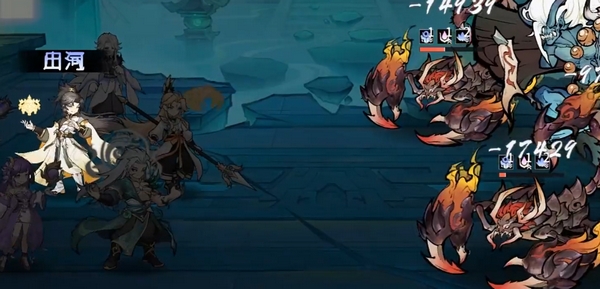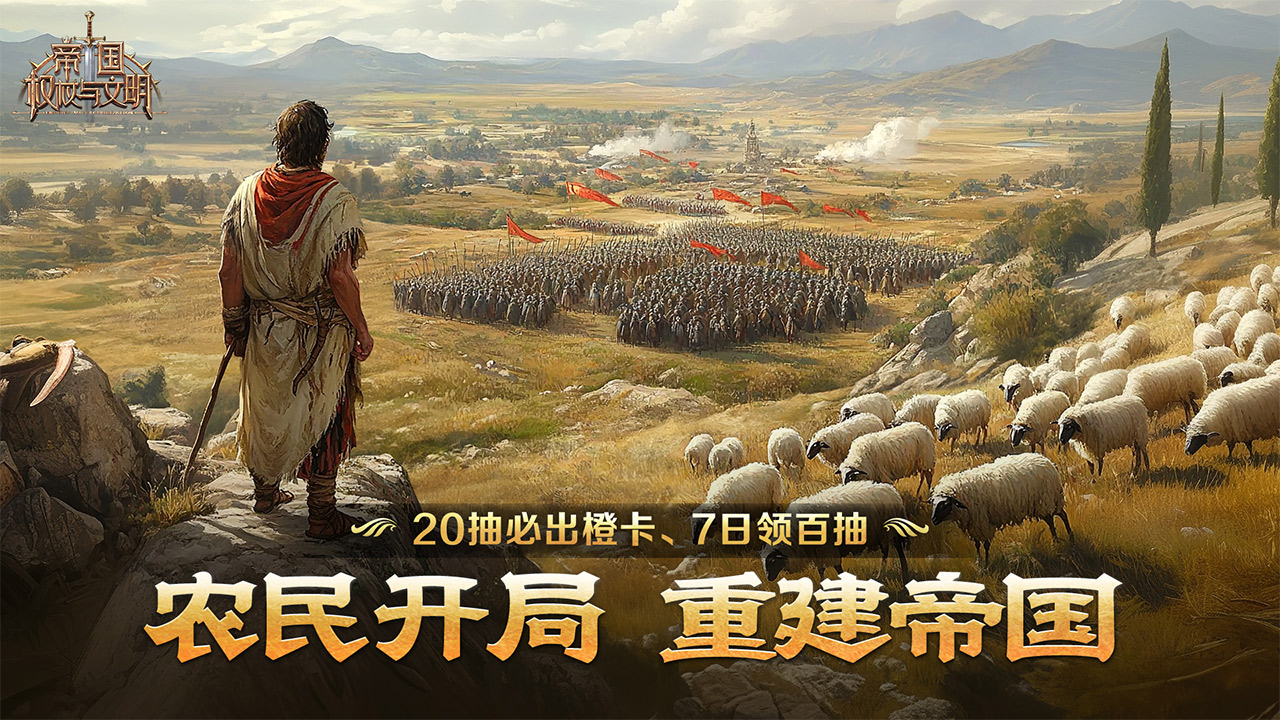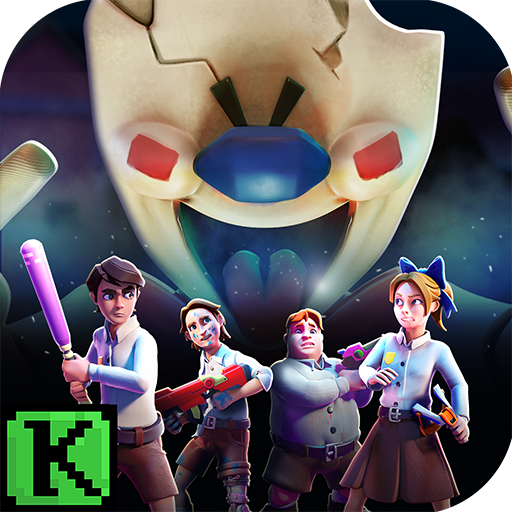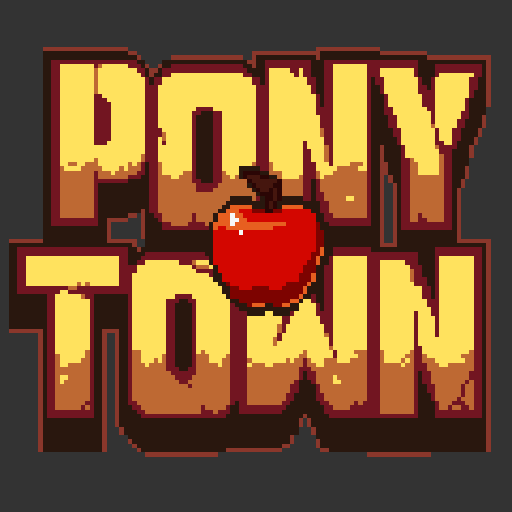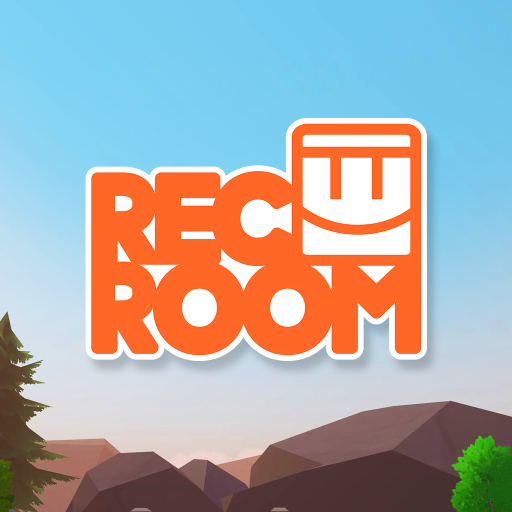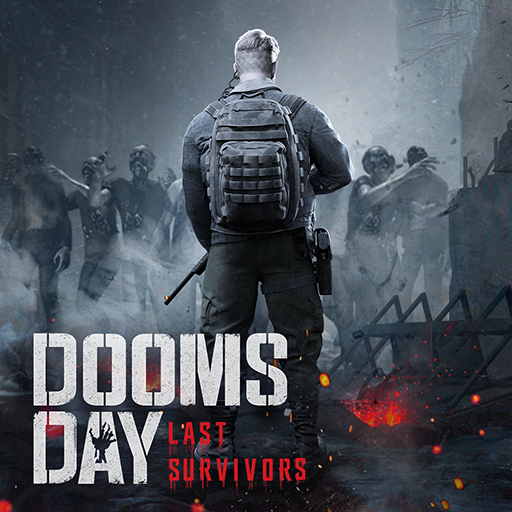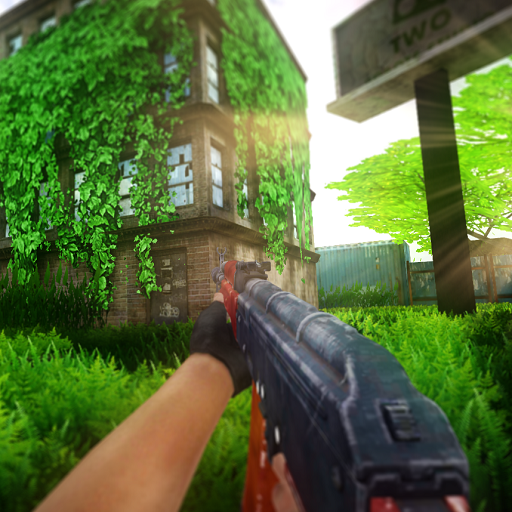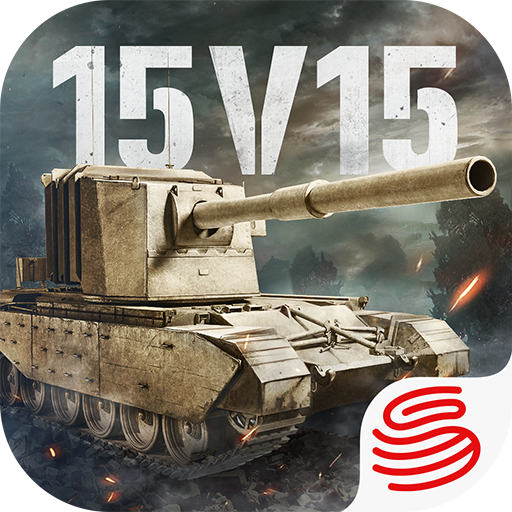
Civilization VI - Build A City
Game Introduction
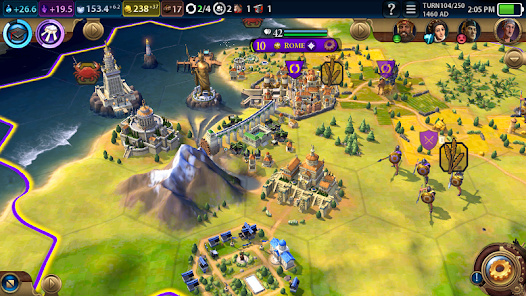

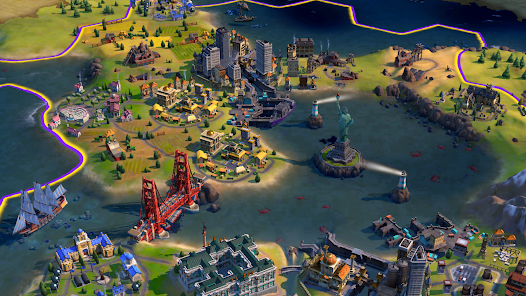
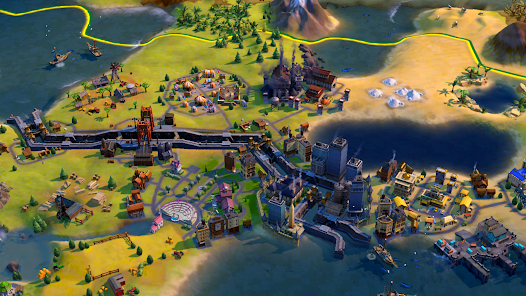
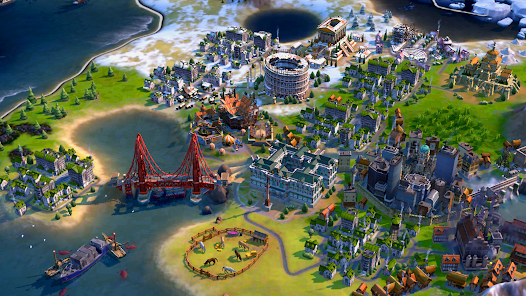
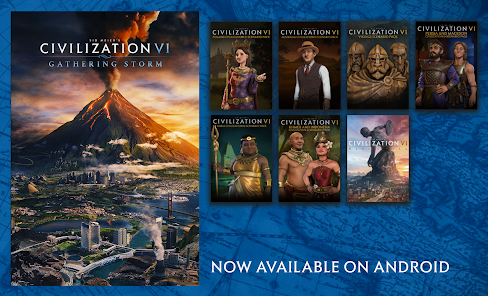
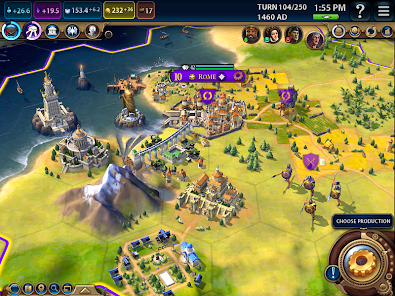
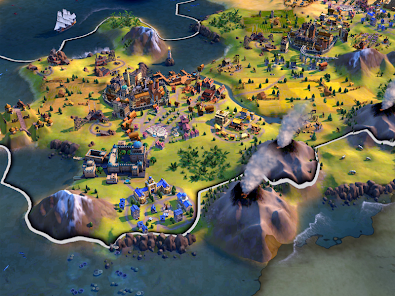
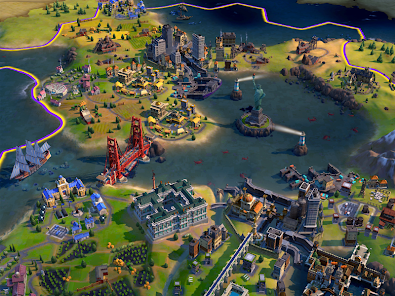

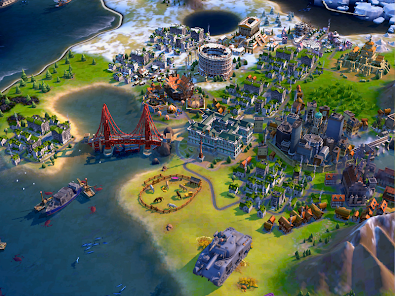
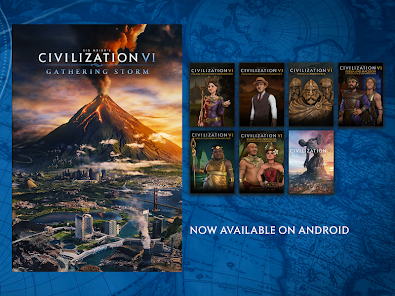
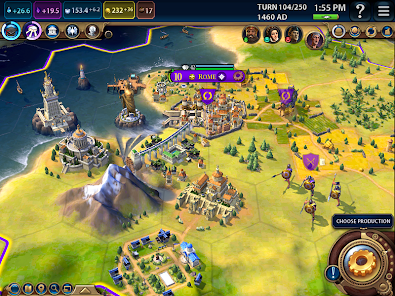
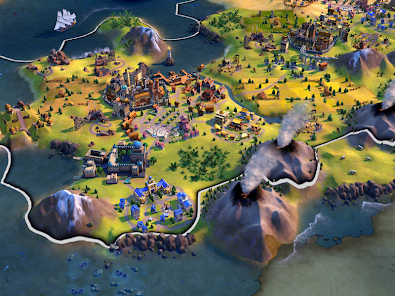
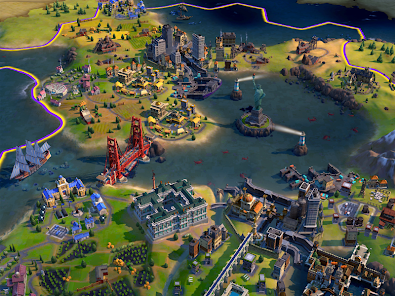
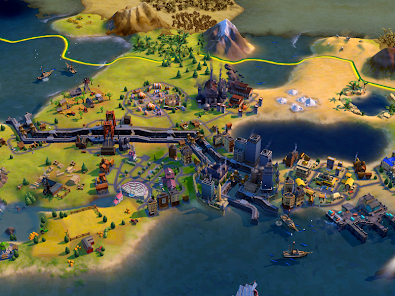

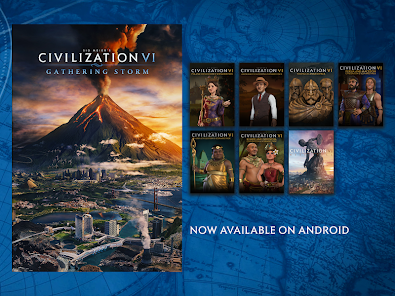


Hot Strategy
How to Play the Construction Mode in Huaxia Qianqiu: An Introduction to the Construction Mode in Huaxia Qianqiu
As a game that not only takes into account martial arts battles but is also full of creativity, Huaxia Qianqiu offers many buildings for players to construct. Each building has a different use, but they all provide certain conveniences to the players, thus promoting their development. So, how do you play the construction gameplay in Huaxia Qianqiu? What kinds of buildings can be constructed in the game? In this guide, I will take everyone to see the various buildings in Huaxia Qianqiu!
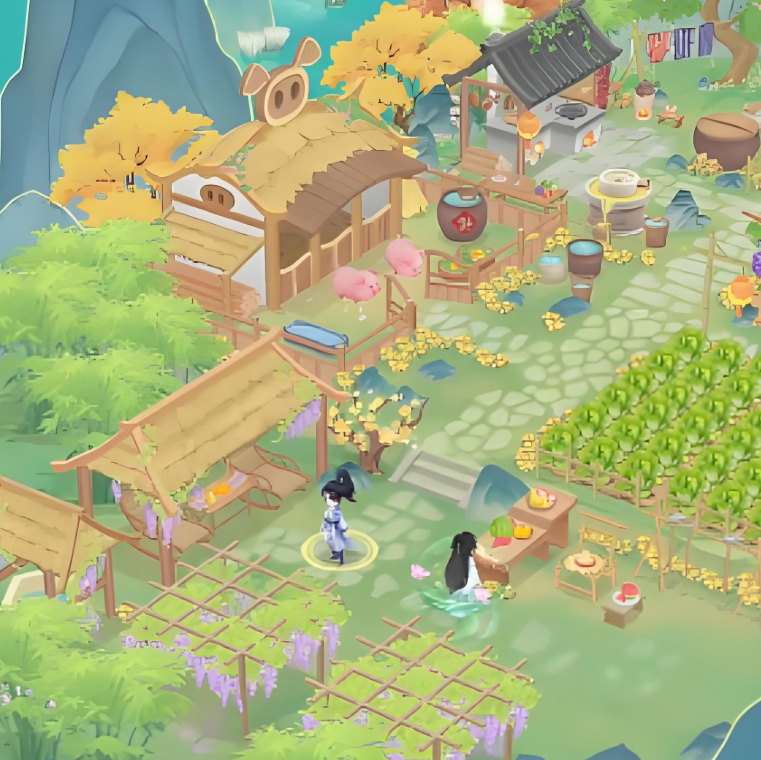
The first one I'd like to introduce is the production building. Production buildings are the most basic structures for players to develop their strength because these buildings are related to our planting function. After unlocking the production building, we can start growing various vegetables and fruits. These products, besides being used as food or materials to make dishes, can also be exchanged for other items or money at the store, thus continuously developing. In addition to planting, production buildings also include farms, where players can raise chickens, ducks, and so on.

The second type of building I'm introducing is the living building, which is related to our population capacity. We need to continuously upgrade the level of living buildings and keep constructing them to increase our population capacity. At the same time, warehouses also fall under living buildings. If we want to store more supplies, it's a good idea to build several warehouses and continuously upgrade their levels, which can greatly expand our storage capacity.
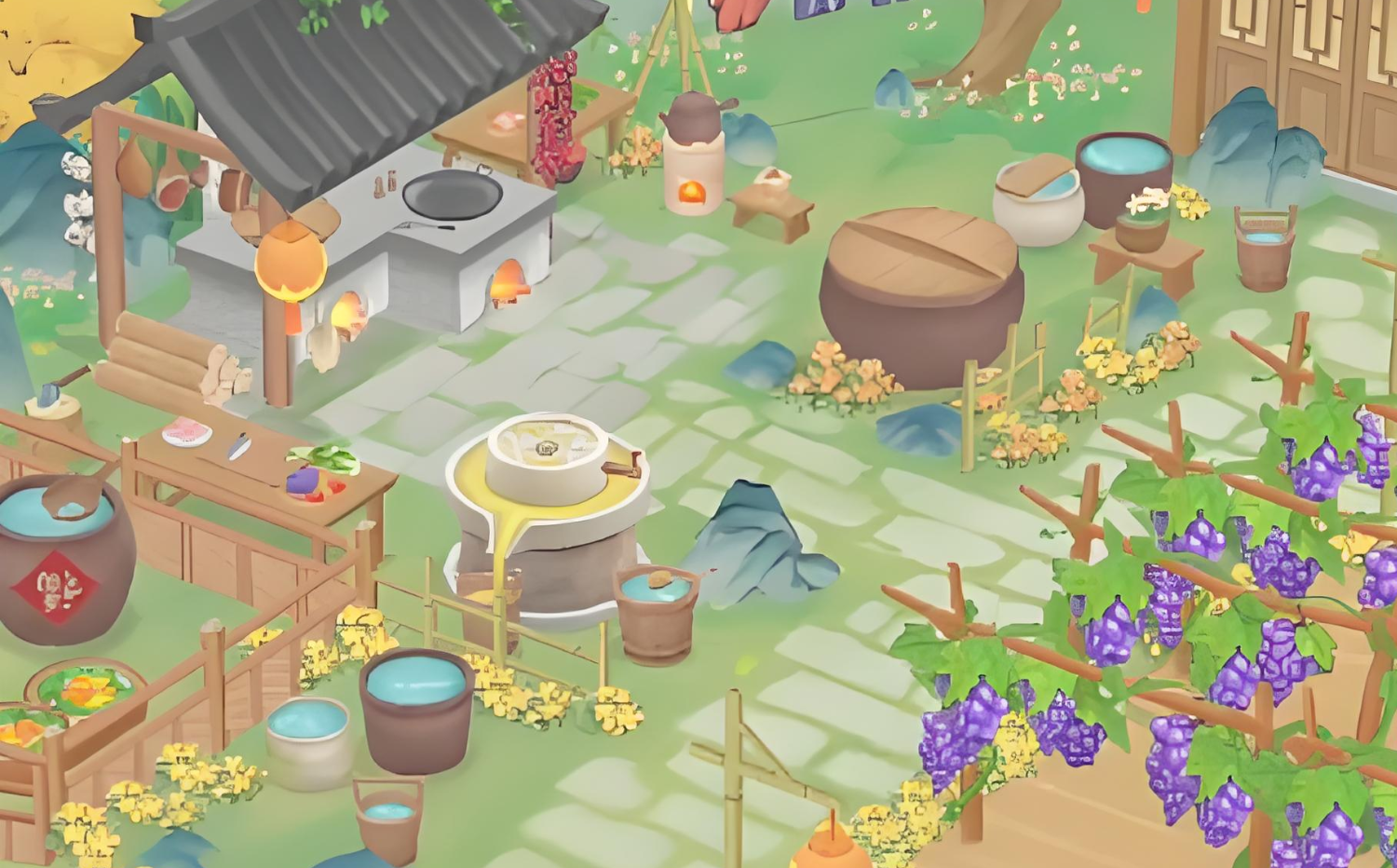
The third type of building I'm introducing is the defensive building, which is a very critical structure for protecting our development. They help us attack incoming enemies, thus safeguarding the safety of our residents and supplies. Defensive buildings include walls and arrow towers. Upgrading the walls can buy more time for the arrow towers to attack. Upgrading the arrow towers not only increases their damage but also expands their attack range, providing not only an attacking effect but also a certain reconnaissance effect, allowing us to launch attacks before the enemy even gets close.

Above is all the content about "Huaxia Qianqiu Construction." Buildings are an indispensable part of our development process, from initial planting, to the storage and preservation of products, to the safety of warehouses and residences, all of which require players to complete through construction. Therefore, construction is a very crucial gameplay in the game, and everyone can spend more time on it to improve their development speed. In this martial world, while focusing on martial arts, also develop your own industry well.
How to Play Thousand Autumns of China Construction: A Guide to Playing Thousand Autumns of China Construction
Players need to prepare some basic construction resources during the building process, such as wood and ore. Players can also obtain resources by cutting down trees. How to play in the construction of Huaxia Qianqiu? Today, let's take a detailed look at the main gameplay elements involved in the construction process.
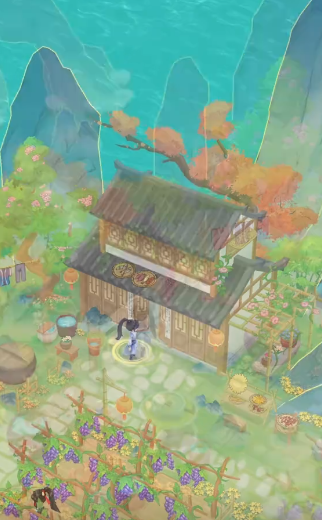
Production buildings: These are mainly used for planting crops, such as rice and vegetables. After they mature, they can be harvested and provide food for more players, with some also available for trading to generate income. Players can also choose to create livestock farms, which, after raising poultry, can provide meat and egg resources, meeting their own needs and then being sold.

Living buildings: This is a core aspect of home construction. After upgrading, it can increase the population capacity of the home, unlock more functions, and quickly improve the overall level of the home. You can also choose to create a warehouse to collect various player resources. After upgrading the warehouse, the storage capacity can be effectively expanded to prevent resource overflow.

Defensive buildings: These are mainly built around the home and serve to prevent enemy invasions. Upgrading the walls can effectively increase durability and defense. Arrow towers can be placed in key positions within the home, allowing for effective long-range attacks on external enemies. After a new upgrade, the attack power or range can be increased. Of course, this also includes some decorative buildings, such as gardens that can beautify the home environment, enhancing living comfort. They can also effectively speed up the daily recovery of energy, attract special NPCs, and trigger random events.
Before constructing buildings, players can reasonably plan the layout and location of the buildings based on the terrain of the home and personal needs. Production buildings can be centrally placed for easy operation and management. Defensive buildings can be placed around the perimeter to protect the safety of the home. When constructing, you can directly click on an empty space in the home, at which point you can select the construction area, and a building selection interface will pop up, allowing players to freely choose the building to construct. After consuming the corresponding resources, construction can begin, and if the resources are sufficient, once the corresponding level is met, the upgrade can be completed quickly. After the upgrade, the building's functions can be effectively enhanced, such as increasing the yield of farmland.
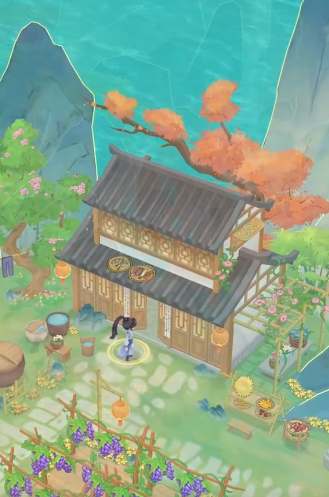
How to play in the construction of Huaxia Qianqiu? The method of construction is quite simple. As the home level increases, in the later stages, players can also expand the home territory and add more buildable areas. However, during the expansion process, specific tasks must be completed or certain resources consumed. After the expansion, more buildings can be constructed.
Scepter of Empires and the Persian Civilization How is the Scepter of Empires and the Persian Civilization? Introduction to the Scepter of Empires and the Persian Civilization
The Imperial Scepter and Persian Civilization, as one of the five optional civilizations, is ancient and rich, with extremely strong benefits, making it very appealing to many beginners. However, due to a lack of specific understanding, they hesitate to choose it directly. To help these beginners make a decision, this article will thoroughly introduce the Persian Civilization, leading everyone to a comprehensive understanding. If you're interested, keep reading below.
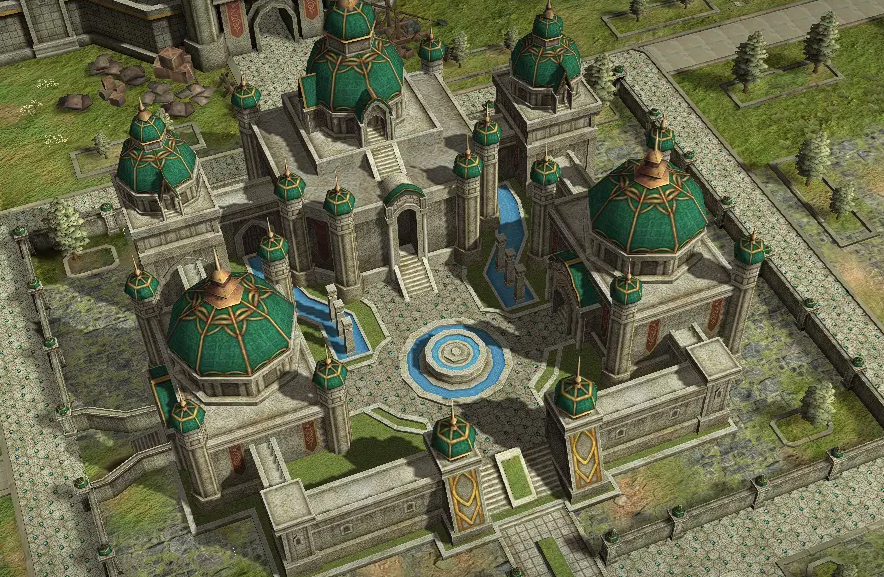
A major characteristic of the Persian Civilization is its powerful military force. Their soldiers are brave and skilled in battle. Special units like the Persian War Elephants are particularly formidable. Additionally, they are known for their unique architectural style. Their Persian armaments can provide 2 to 4 forging material boxes, 1 to 2 reins, and a large amount of copper coins upon use.
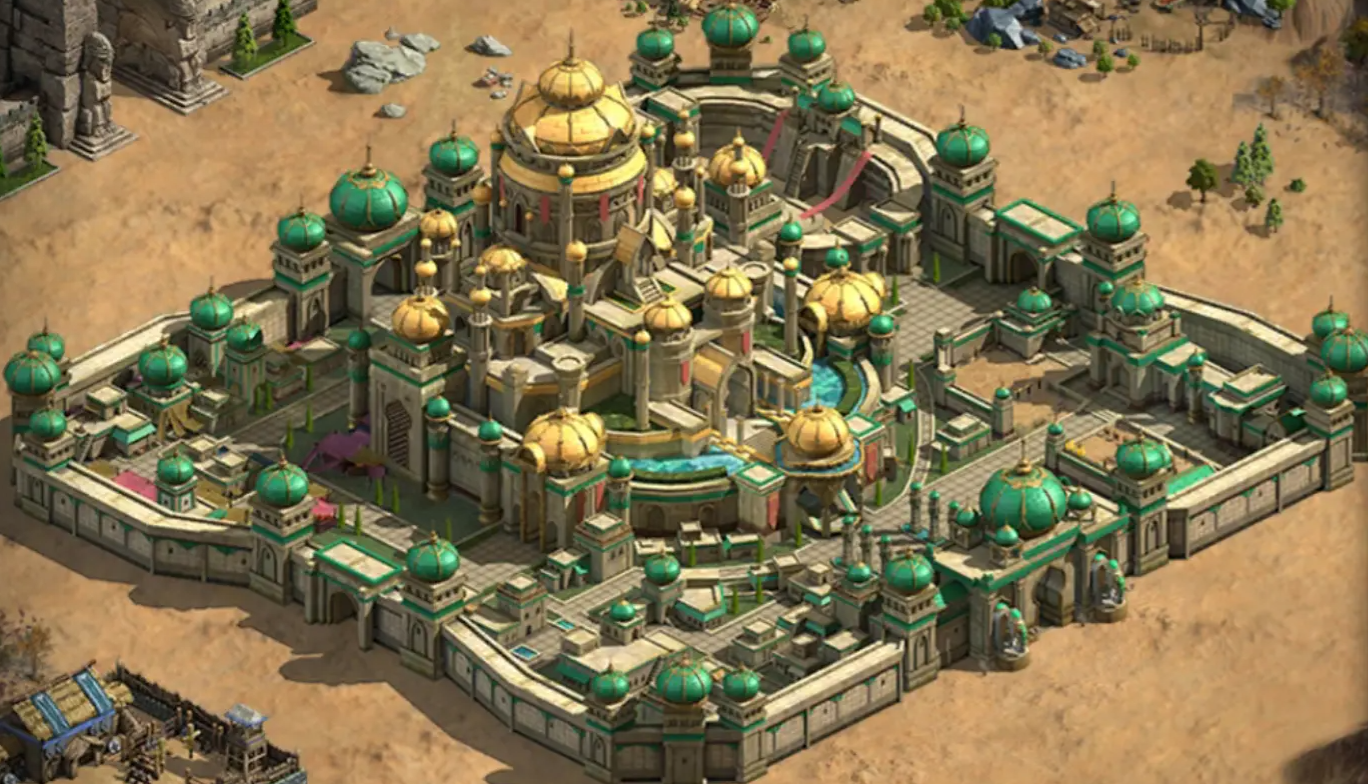
Activating Arson can continuously inflict damage on enemy buildings and troops, and the fire has a certain spreading effect. Activating the Exploration Squad can generate a squad that lasts for 120 minutes on your own or a teammate's plot. By "capturing," you can directly occupy plots of level 3 and below.
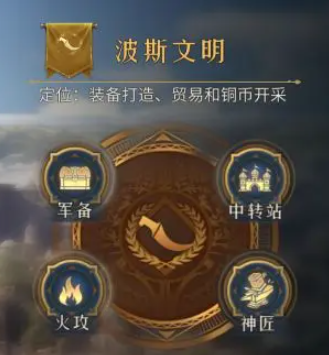
Their Fire Lord is an exclusive naval ship enhancement, equipped with the skill "Ram." When activated at a specified distance on sea tiles, the ship will quickly rush towards the target until it encounters and engages an enemy, stopping only after the first collision, which produces an enhanced effect.

Their wonder is the "Yazd Fire Temple." Upon completion, it increases the experience gained from forging and horse training by 20%. Its features include Coinage, Forging, Upload, and Exchange. Coinage increases the production speed of copper coins; Forging allows for obtaining high-level equipment through forging, treasure hunting, and horse taming, increasing the chance of producing high-level equipment; Upload increases the chance of meeting high-level heroes through long-distance maritime trade; Exchange increases the ratio of resource exchange in trade.
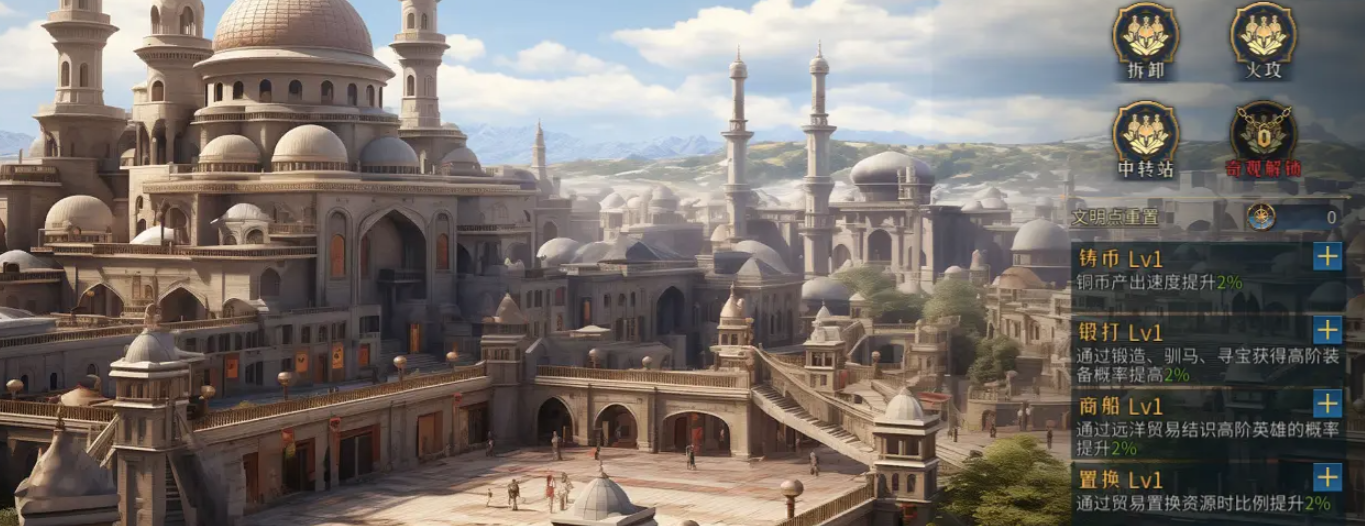
This concludes the introduction to the Imperial Scepter and Persian Civilization. The gameplay of this civilization leans towards equipment crafting, production, and sharing of materials. Choosing this civilization can more efficiently help you and your allies obtain powerful equipment, thus equipping yourselves for battle and quickly breaking through enemy defenses. It is quite recommended to select this civilization.
Sceptre of Empires and the Civilization of Great Britain How is the Sceptre of Empires and the Civilization of Great Britain? Introduction to the Sceptre of Empires and the Civilization of Great Britain
The Imperial Scepter and the civilization of Great Britain have a long and rich history, with a wealth of culture and traditions, powerful offensive and expansion capabilities, and unique and diverse architectural styles. Such a powerful civilization, how will it perform in the game? How can one use this civilization to expand territory? I believe all players are very curious about this. So, without further ado, let's take a look at the introduction in this article.
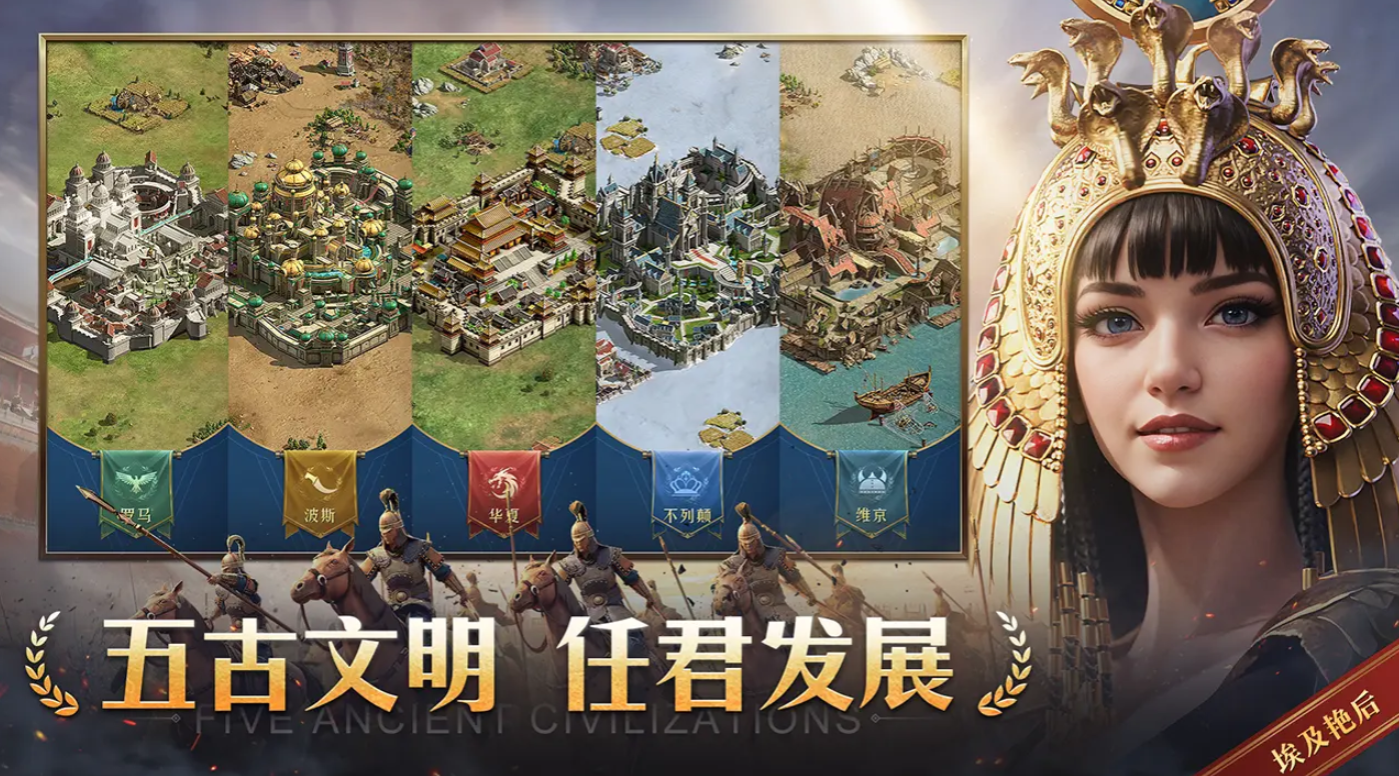
His "Supply Crate," upon using the command, immediately grants a gift box and a "Supply Crate." After using the crate, it can replenish 40 stamina for a team. The gift box can be given to family or national members; as long as they claim it, they will receive a "Supply Crate." His "Siege Equipment" can switch forms by consuming political orders when the troops are stationary, significantly increasing siege value, and can set up three types of equipment: catapults, battering rams, and ballistae.
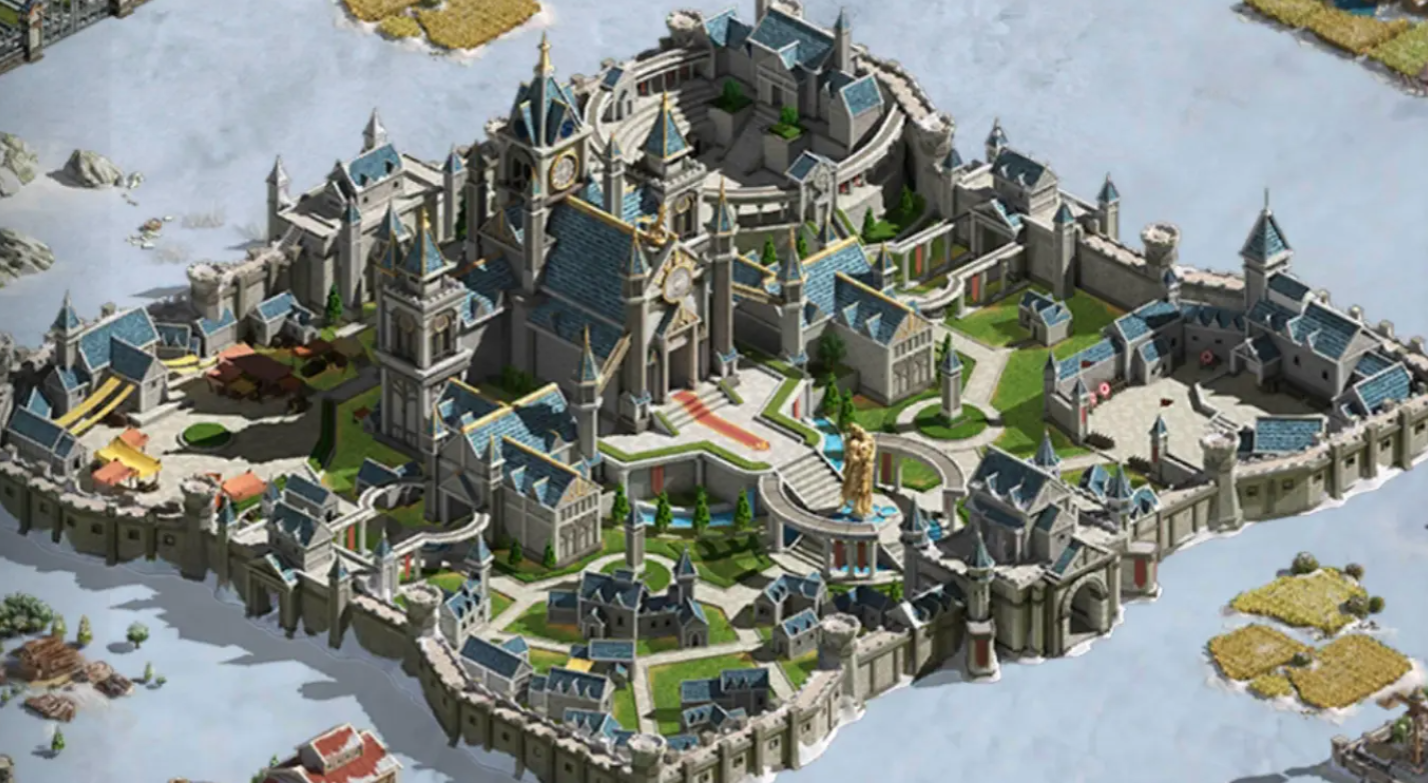
Catapults and ballistae can cause significant building damage from a distance, while battering rams can cause substantial building damage in close combat. His "Fortification Expertise" strengthens fortifications, giving buildings higher durability, increasing the attack range of arrow towers, and upgrading caltrops to get powerful defenders.
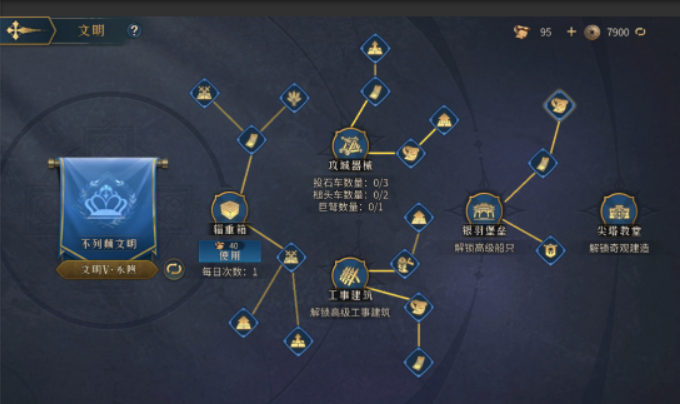
His "Silver Feather Fortress" unlocks exclusive ship enhancements, which can include the skill "Arrow Rain," temporarily turning into a sea arrow tower after a certain period, automatically launching a rain of arrows at enemies within range. After enhancement, it can increase range, damage, and frequency. His wonder, "Spire Cathedral," once unlocked, can increase the siege value of his own team by 100.
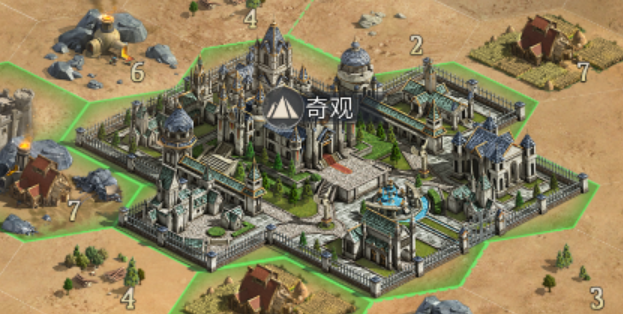
His traits include Research, Quick Build, Strong City, and Fortification. Research reduces the resources required for inner city construction and technology research institutes by 3%. Quick Build shortens the construction time of personal buildings by 6%. Strong City increases the experience and merit gained from battles by 2%. Fortification increases the durability of buildings by 10%.
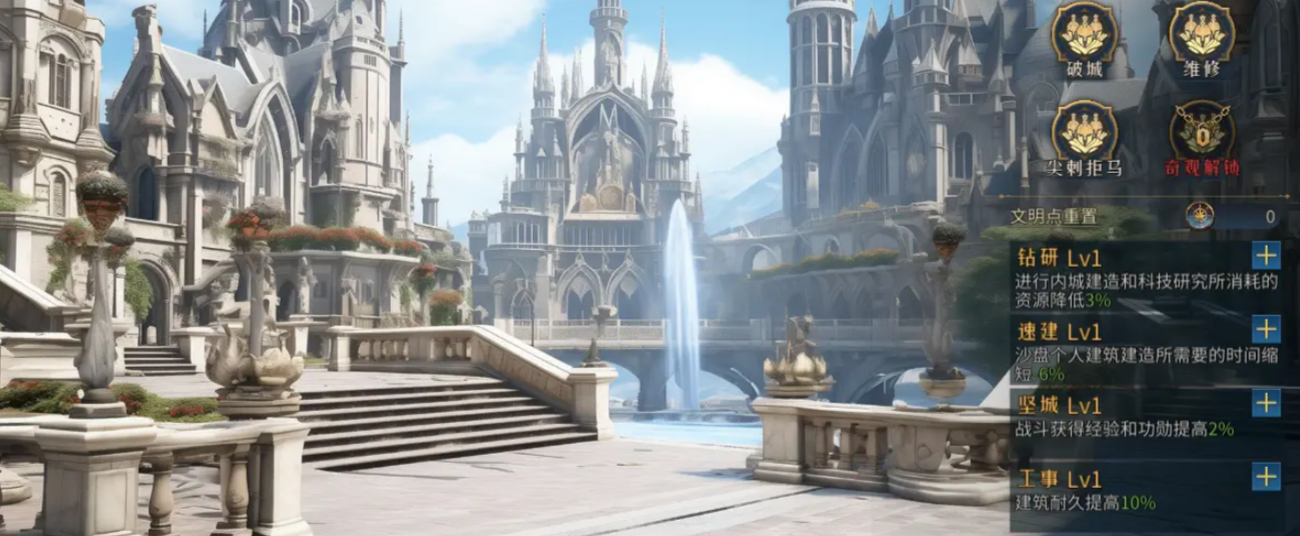
This concludes the introduction to the Imperial Scepter and the civilization of Great Britain. From the perspective of civilization skills, Britain mainly focuses on territorial conquest, providing military supplies to itself and its allies, and having unparalleled advantages when actively besieging cities. Fortification expertise can also build an indestructible line of defense for the country, making it very advantageous in both attacking and defending cities.
Scepter of the Empire and Civilization Siege Strategies How to Siege in Scepter of the Empire and Civilization
In this strategic world, to build a vast empire, attacking cities is fundamental. Many players are very attracted when they see the large and small cities distributed on the map, but they do not know exactly how to attack a city. Therefore, in order for everyone to develop smoothly, this guide on "Scepter of Empires and Civilization City Attacks" will thoroughly explain the detailed process. If you still don't know how to attack a city, come and take a look.
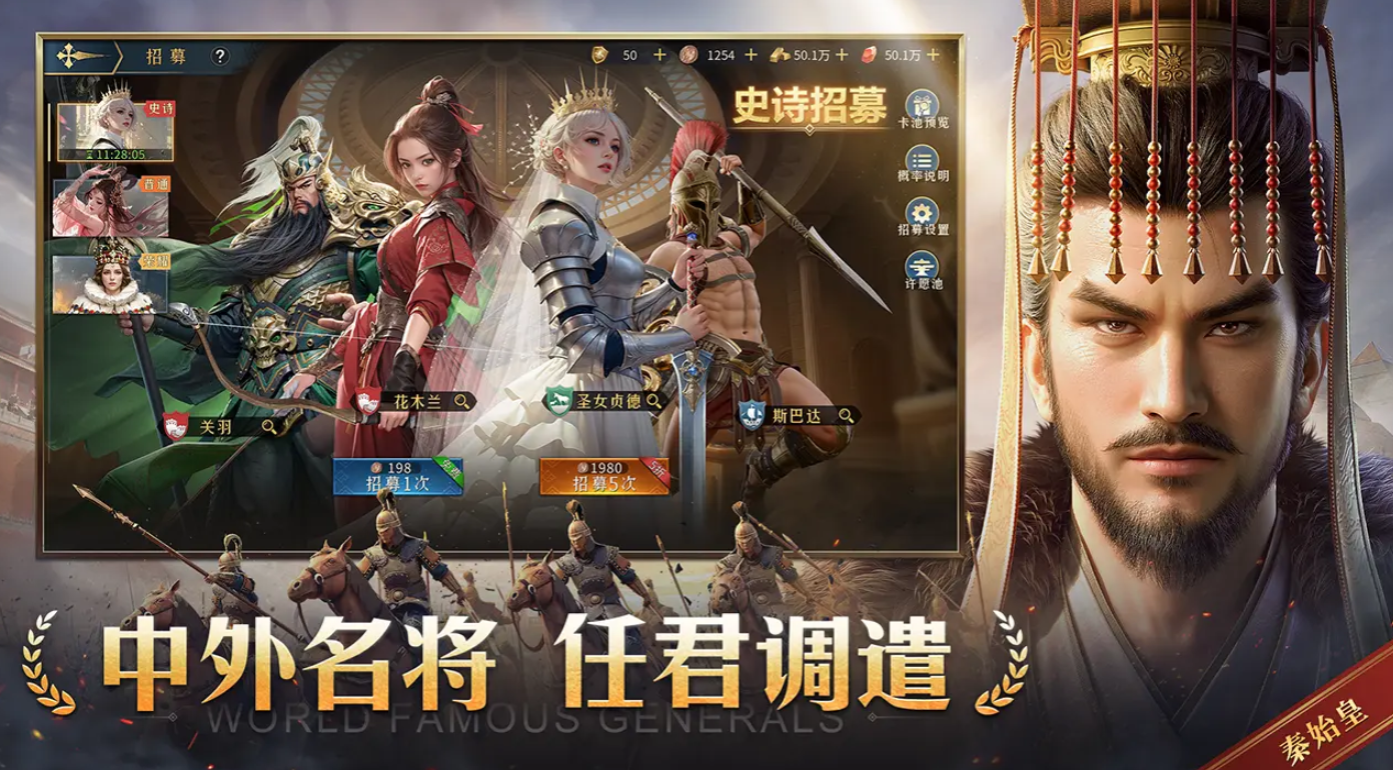
Firstly, if you want to occupy a city, we must join a family or kingdom. Brothers from the same family can support each other, jointly occupy resource areas, and also help each other, using territory speed to quickly reach the target location, gradually developing and establishing a kingdom. The kingdom has unique social functions, allowing it to form alliances with other kingdoms, and also gain additional bonuses during battles.
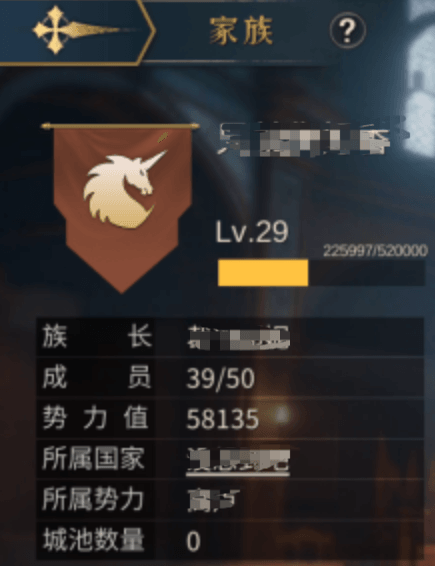
At the same time, members can donate resources, making the kingdom's strategic supplies sufficient, helping to light up buildings and functional technologies, becoming stronger on the battlefield, and providing production bonus buffs to members, thus working together to capture cities. After officially joining, you can see different cities on the map, which have different durability and level of garrisons based on their levels.

After deciding to attack a city, according to the land connection rules, we must have a piece of our territory adjacent to the city. Then, we need to dispatch troops to eliminate the city's elite forces. Once the elite forces are eliminated, we can directly attack the city, thus reducing its durability.
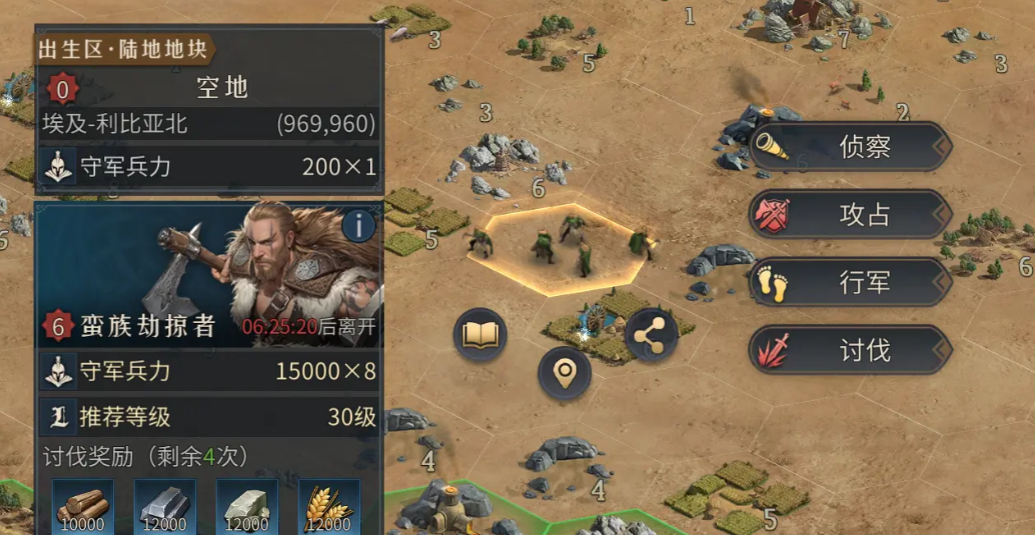
Note that every time an attack to reduce durability is launched, the fixed city defense forces must be defeated first. For example, the British civilization-specific siege units can play a key role at this stage with their powerful demolition capabilities. Additionally, after the first attack, the city's elite forces will respawn after 1 hour. If demolition capability is insufficient, it may be necessary to send troops again to eliminate them. Once the durability is reduced, the city will be occupied by us, and it can be used as a transit point, allowing dispatched troops to arrive quickly.

The guide on "Scepter of Empires and Civilization City Attacks" is shared here. Attacking cities can help our members obtain a large amount of basic resource rewards, and participating members can also get extra gold and equipment rewards, which is very crucial for development. Those who have learned it should go and try it in the game.
How to Obtain the Imperial Scepter and Civilization Equipment: A Guide to Acquiring the Imperial Scepter and Civilization Gear
How to obtain the Imperial Scepter and Civilization Equipment? A good piece of equipment can greatly enhance a hero's combat effectiveness, but how to get better equipment is certainly a common question for newcomers. There are multiple free channels in the game to acquire more powerful equipment. The following will explain one by one, and interested friends can read on.
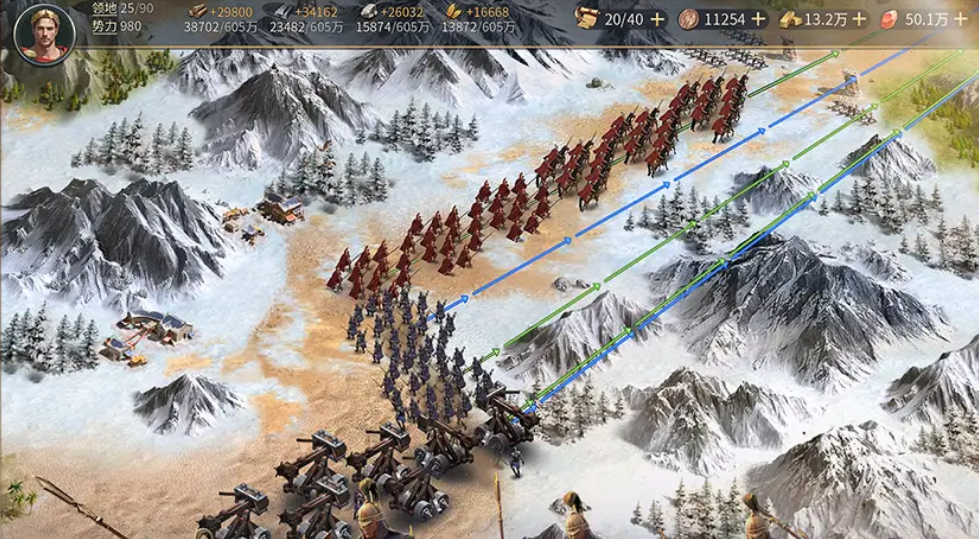
Method One: Forging; defeating barbarians can earn materials for forging, which can be crafted at the blacksmith shop. There's even a chance to get rare sets, which usually come with powerful effects and are more suited to specific heroes' attributes. The Courage Set comes with a lot of strength and resilience, further enhancing the hero's ability to withstand weapon damage.
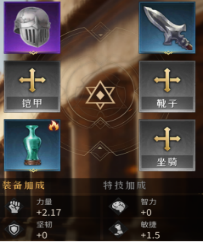
If you can forge a set through this method, it will greatly boost the hero. When reaching the stage of hegemony on the path of the empire, the blacksmith shop will unlock the function of equipment refinement, allowing you to decompose unwanted equipment into refined metal dust, which can then be used to refine and create divine weapons, making the basic attributes of the equipment better.
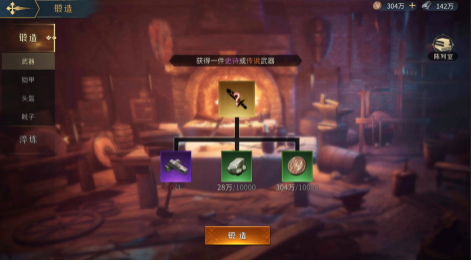
Method Two: Treasure Hunting, the treasure hunters have established a treasure hunting association, providing clues to treasures every day. Treasures generally come with powerful special skills, and some rare treasures also offer exclusive special skills to heroes. If you can dig them up, it will greatly enhance the hero's power; there are also highly skilled craftsmen in the treasure hunting association who can decompose treasures to obtain refined metal dust.
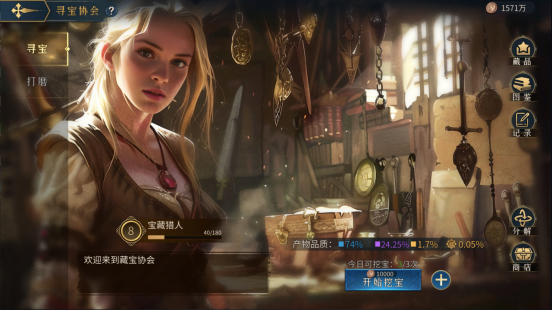
Method Three: Horse Taming; in the horse taming field, using reins can capture mounts. Mounts generally have powerful special skills, and some mounts have exclusive special skills for heroes, significantly enhancing their combat power. Extra mounts can be donated to the stables in exchange for special training ointments, which can be used to further train and enhance the mounts.

The relevant methods for obtaining the Imperial Scepter and Civilization Equipment have been shared above. Equipment is crucial for characters, and the enhancement of a character's base attributes and overall strength is largely related to equipment. Therefore, try to acquire as much equipment that matches your heroes as possible to strengthen their power.
How to Obtain the Imperial Scepter and Civilizational Resources: A Guide to the Imperial Scepter and Civilizational Resources
How to obtain the Imperial Scepter and civilization resources? In the middle and later stages of the game, it's mostly about battles or conquering territories. If you want to overwhelm other players in subsequent struggles, then the accumulation of resources in the early stage is very important. There are not just one type of resource in the game, but multiple types that can be obtained. Many new players may not know much about resource acquisition. Let's take a look at the detailed guide below.

Firstly, there are land plots as a resource. After completing the plot, open the world map, and you will see resource plots ranging from level 0 to 12, including land, shallow sea, deep sea, and beach. The resources obtained from land and deep sea plots are different. For example, a level 0 land plot can yield copper coins, while a level 0 deep sea plot can yield food. Starting from level 1, the resources obtained from land plots begin to differ.

Subsequently, land plots can yield wood, stone, copper coins, and food. Deep sea and shallow sea resources are fewer, limited to food and copper coins. Next, there's the research institute technology. You can unlock the research institute once your town reaches level 1. The research institute covers military and technology aspects, with resources mainly related to skill research. Through activities such as reclamation, smelting, coinage, viewing, and mining, you can increase resource production.
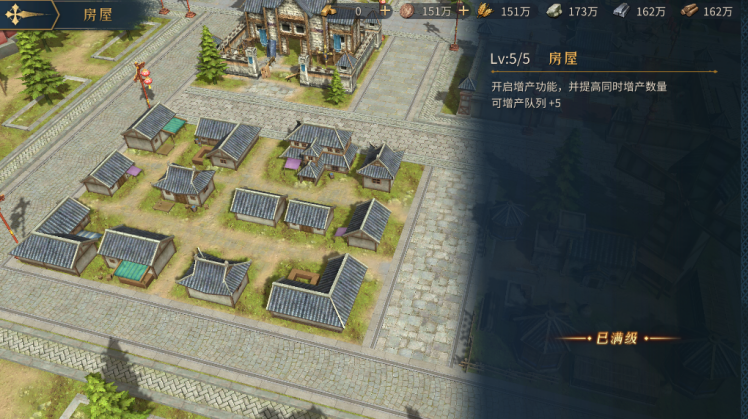
During the game, you can forcibly requisition higher-level resource plots. When requisitioning, you might notice that the amount of resources obtained is very little. This is because the technology for requisition production in the research institute has not been upgraded. You can improve the breeding count, pickaxes, two-person saws, and blasting techniques, all of which can increase the amount of requisitioned resources.
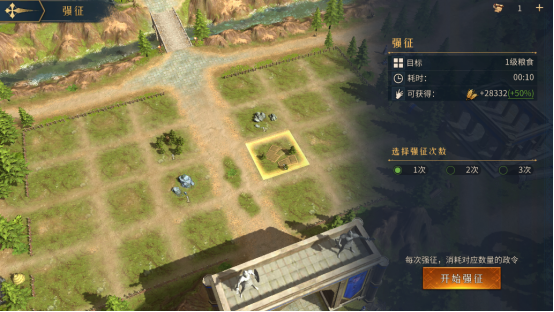
Another aspect is buildings. After occupying a plot, you can construct buildings on it to enhance corresponding effects. If the storage room is below level 5, first, you need farmers to start building. Upgrading houses within the support can increase the number of farmers.
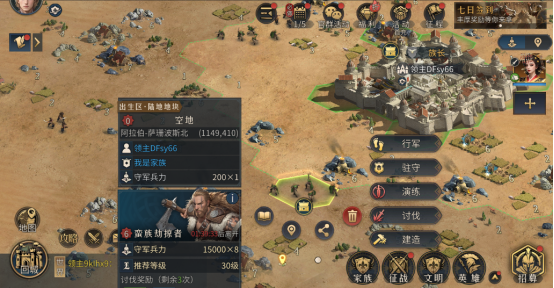
The guide on how to increase the production of the Imperial Scepter and civilization resources ends here. Resources are extremely important, significantly impacting the overall strength, hero cultivation, and more. To develop comprehensively, accumulating a large amount of resources is a crucial channel. Follow the guide, and you'll be on the right track.
Imperial Scepter and Civilization Resources Overview of Imperial Scepter and Civilization Resource Acquisition
I believe many of you are quite curious about the Scepter of Empires and the resources in civilizations. As a strategic sandbox game, the Scepter of Empires and Civilizations has a rich resource system and high playability. Resources in the game are extremely important. But how do we obtain equipment? Today, I will bring you an overview of resource acquisition methods, hoping to help those in need. Without further ado, let's take a look together.

In the Scepter of Empires and Civilizations, resources are the major prerequisite for all our operations. Whether it's attacking, building, recruiting heroes, or crafting equipment, we need to consume corresponding resources. In the game, resources are divided into five main categories: wood, stone, iron ore, food, and copper coins. The acquisition methods for each resource vary greatly. Let me explain them one by one.
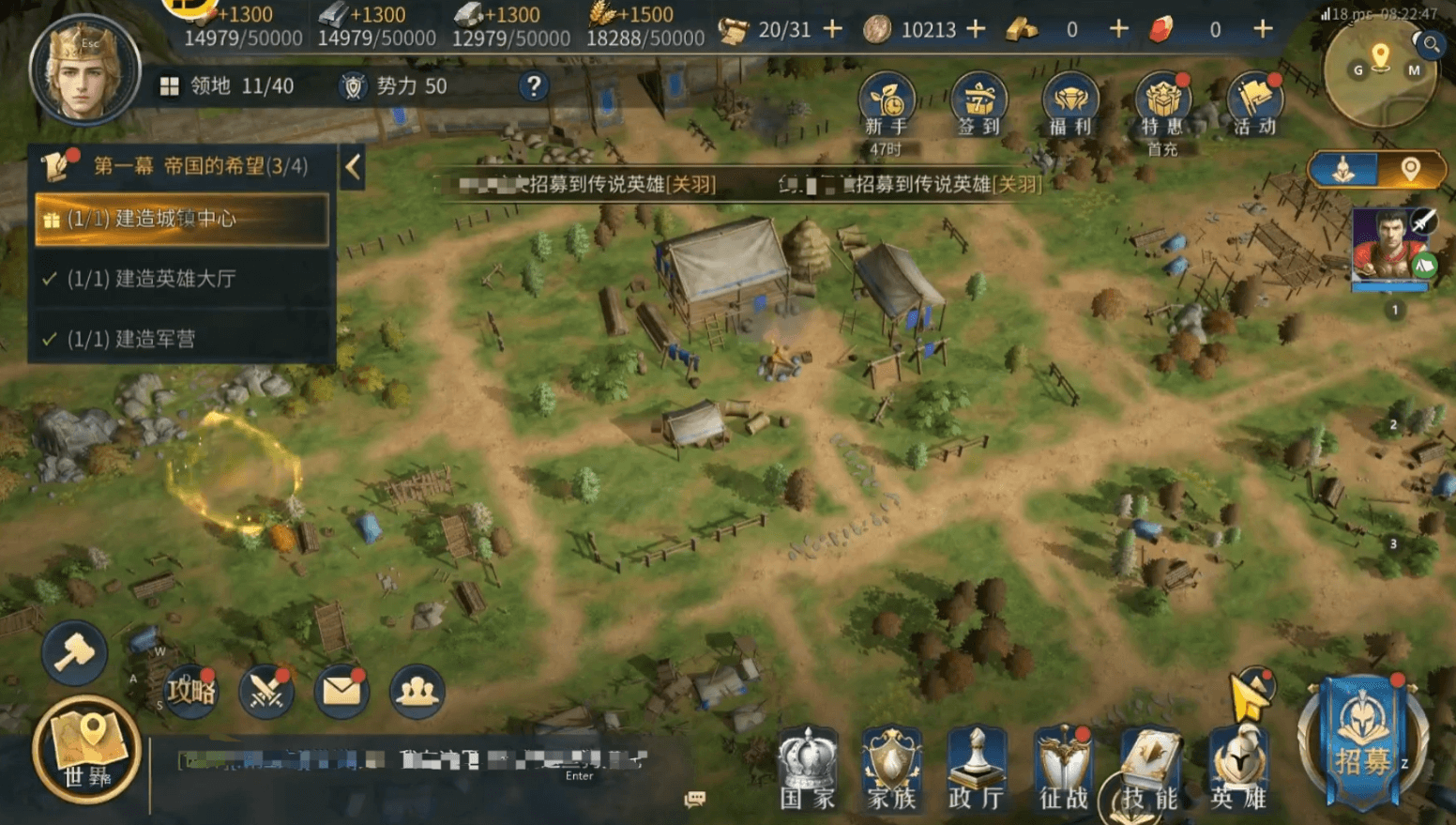
Firstly, our basic survival trio: wood, stone, and iron ore. These three materials run through the entire game, from the early stages of hard pioneering to the later stages of conquering territories, everything requires these three types of materials. In the game, players can build a "Lumber Mill" near forests to obtain wood, and a "Quarry" near rocks to get stone. Iron ore is a bit special, requiring players to find "mountains" or exposed "iron ore sources" to build a "Mine" for extraction. Here, I recommend a ratio of 1:2:1 for these three types of materials, which can ensure maximum development. Of course, if we choose an early civilization, we can adjust it to 1:1.5:1.5, sacrificing some development to ensure the construction of the army.
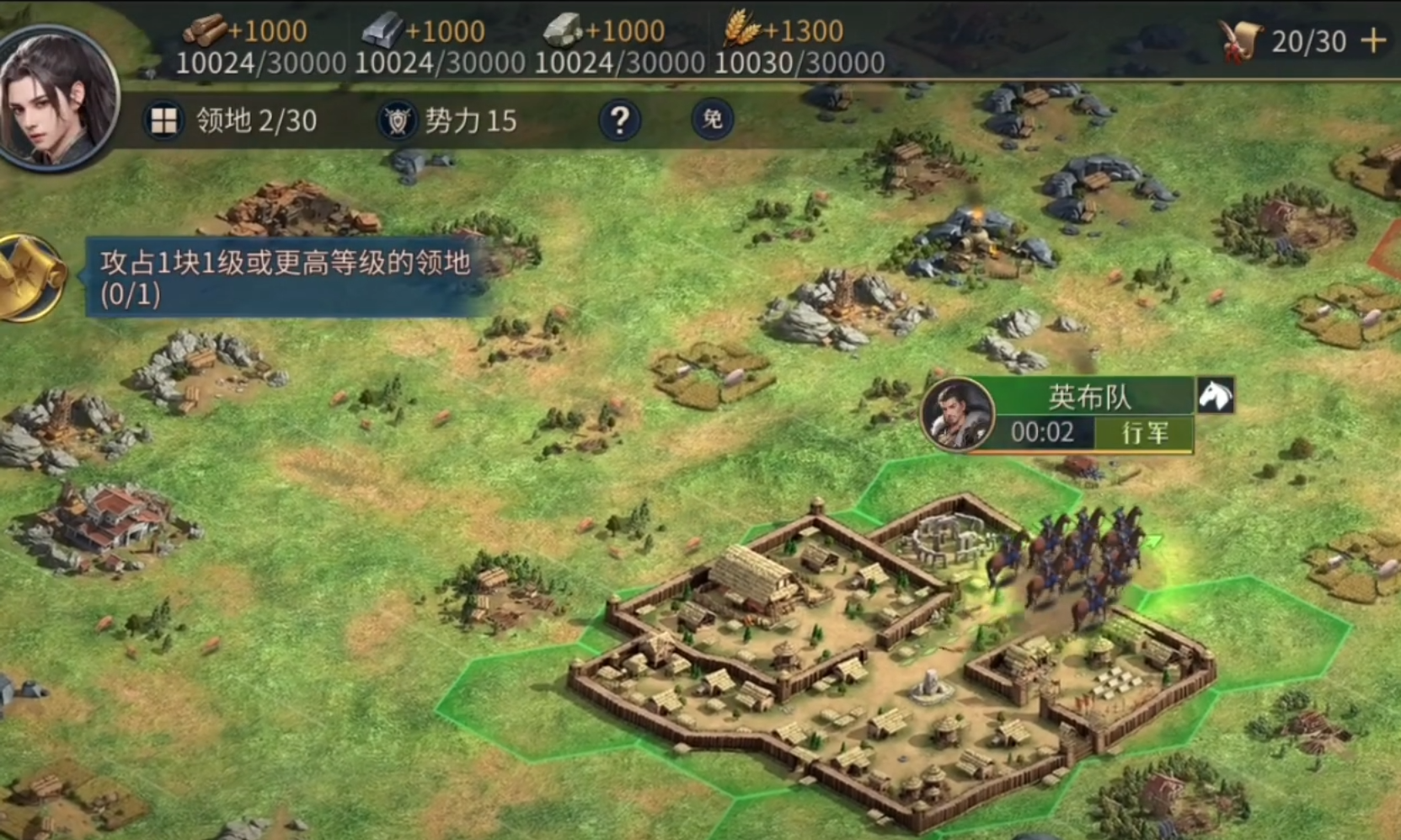
Apart from the above three types, the other two, copper coins and food, are more inclined towards our "enhancement" and "skills". In the game, "food" needs to be planted on reclaimed land, or can be purchased at the trading post, while copper coins are mainly obtained through trade activities at the "trading post", or through regular trade routes between civilizations. Food is mainly related to city population and the consumption of skills for some special civilizations. Of course, the morale and endurance of our troops are also linked to food, but overall, it doesn't provide "significant" help to our development, so we don't need to reclaim too much farmland in the early stage. Copper coin consumption is more for purchasing equipment resources and treasure hunting in the trading post, which are more late-game focused, so players don't need to pay too much attention to the amount of copper coins in the early stage.
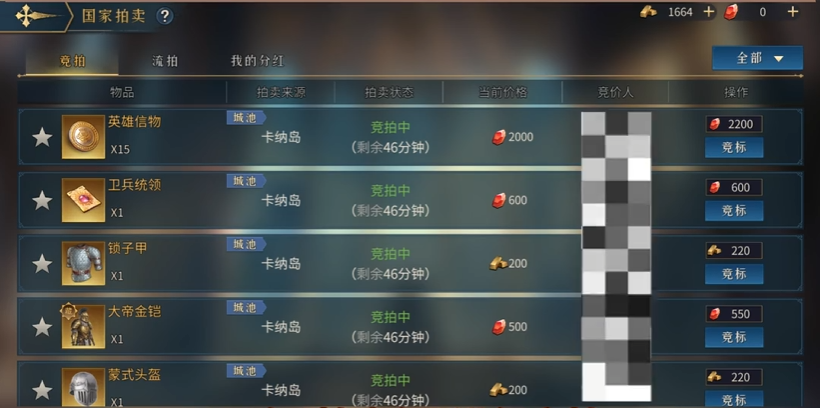
The above is the resource introduction and acquisition overview of the Scepter of Empires and Civilizations that I brought to everyone. I wonder if it has helped those in need? For those who love the Scepter of Empires and Civilizations, go ahead and download the game and give it a try! I'm sure this game will not disappoint you.
How to Obtain the Imperial Scepter and Civilization Equipment Overview of Obtaining the Imperial Scepter and Civilization Equipment
Many of you are probably curious about how to obtain the Imperial Scepter and civilization equipment. As a strategic sandbox game, the Imperial Scepter and Civilization have a rich weapon system and high playability, and generals can also acquire equipment. But how do we get the equipment? Today, I will bring you an overview of equipment acquisition methods, hoping to help those in need. Without further ado, let's take a look together.
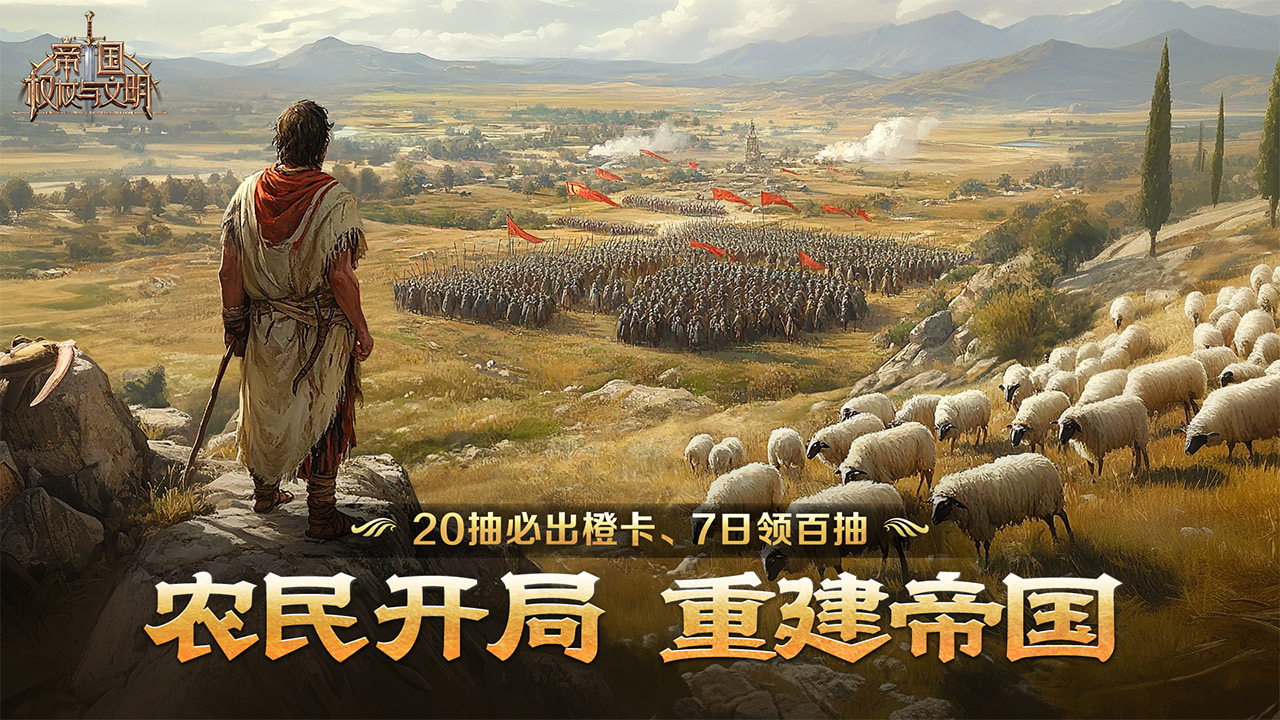
In the Imperial Scepter and Civilization, there are many different qualities and types of equipment, broadly categorized into armor, weapons, and mounts. Each piece of equipment has a different way of obtaining it; some require treasure hunting, others require voyages, and even some top-tier equipment needs to be mined and synthesized. Moreover, the equipment can only be used on generals, which are the "heroes" in the game. Therefore, if players are at a critical early stage, I don't recommend being too obsessed with the equipment system.
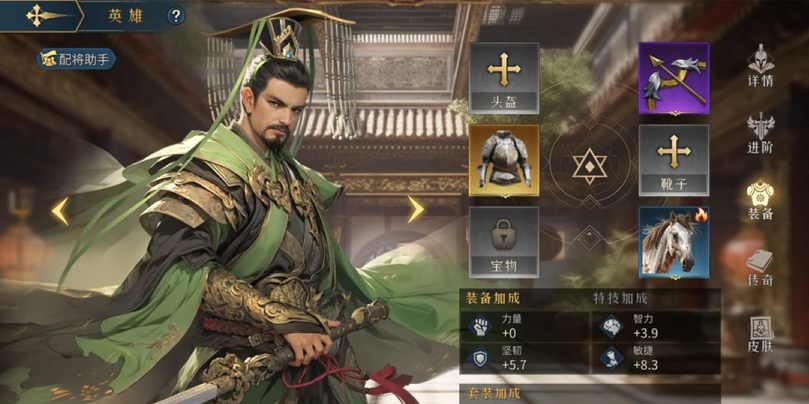
Of course, some civilizations may find it easier to obtain equipment. For example, the military skills of the Persian civilization can provide us with equipment of the same quality as our main city level when used. Speaking of this, we must mention the quality division of equipment in the game. In the game, equipment is divided into Fine, Epic, and Legendary qualities. Except for mounts, all equipment starts at Fine quality. We can find the "Blacksmith" in the "Smithy" within our main city and use materials to create or upgrade our equipment, starting from Fine and gradually improving. Of course, all materials can be obtained by players through the trading market or by defeating barbarian tribes and conquering territories. Each piece of equipment gives the heroes in the game different attributes. For example, the Bird Beak Doctor set enhances the hero's healing ability and slowly restores the morale and health of our troops. Another example is the Earth Glory set, which provides the hero with a "Breakthrough" effect, making it very suitable for heroes who raid enemies.
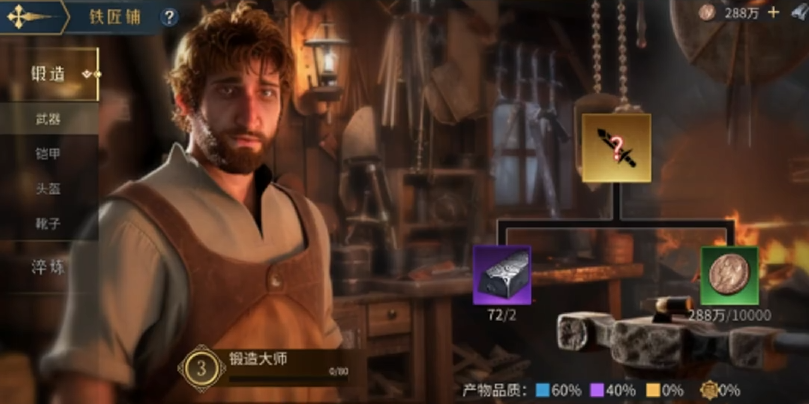
Of course, apart from equipment, mounts are also indispensable. Unlike armor and weapons, mounts require us to build a "Taming Ground" in the main city to obtain them. Each acquisition consumes a certain number of "reins," and each successful capture also increases the experience of our tamer, which helps improve the quality of future captures. Of course, extra mounts can be donated to the stable to obtain "special ointment," which can change some attributes and characteristics of our mounts. It's important to note that the quality of mounts cannot be upgraded through any means! Players should be cautious with the ointment and not use it solely on low-quality horses.
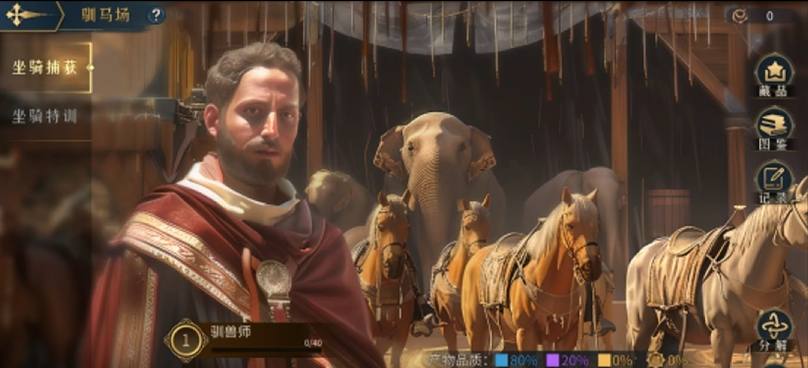
This is the overview of the Imperial Scepter and Civilization equipment that I've brought to you. I hope it has helped those in need. If you like the Imperial Scepter and Civilization, download the game and give it a try! I'm sure this game won't disappoint you.
Guide to the Imperial Scepter and Civilization Pioneering Overview: How New Players of Imperial Scepter and Civilization Can Survive the Early Game
Many of you may be quite interested in the game "Empire: Scepter and Civilization", with its excellent game system providing players with an unparalleled sense of immersion. Today, I will bring you a beginner's guide to Empire Scepter and Civilization, helping new players quickly get through the relatively difficult initial development phase. Without further ado, let's dive right in.
Before we start developing, one thing we need to clarify is: what type of civilization do we have? In "Empire: Scepter and Civilization", there are many different civilizations, such as the development-focused British and Roman civilizations, or those more geared towards the early game like the Vikings and Chinese, as well as the Persian civilization which excels in both early and late stages but struggles in the middle. Our strategies for developing will vary depending on the civilization.

The tutorial will guide us step by step through the development of the inner city and learning the relevant skills of heroes. We just need to follow along with the tutorial. After choosing a civilization, no matter which one it is, we should first check if there are any outer city tasks, as these often provide a large amount of resources that can help us develop quickly. If not, then we should diligently develop the wasteland. I recommend that new players aim for a ratio of wood:iron:stone = 1:1:2 when selecting land for their inner and outer cities. Of course, if we choose a civilization like the Vikings that focuses on the early game, we could adjust this to 1:1.5:1.5. As for farmland, unless there's a need for production, we should avoid taking it to save our precious initial resources.
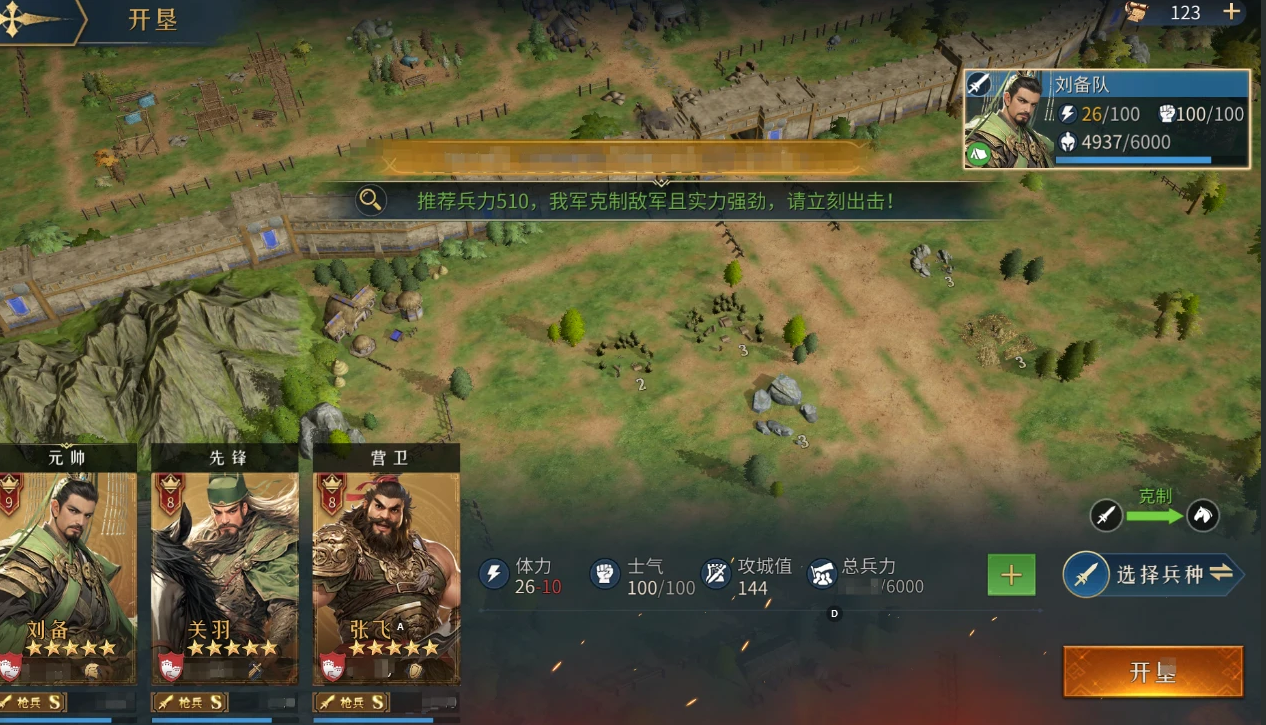
I suggest that players try to complete the main quest requirements as much as possible, because the main quests provide a lot of resources that can help us quickly get through the development phase. Here, I recommend that regardless of the civilization, players should first create some troops. After the server has been open for 6 hours, barbarian supplies will appear around the city, and bandits will also appear on the large map. By reserving stamina to defeat them, we can obtain reserve troops and a large number of resources, which can smoothly aid in our development. If resources are sufficient, at this point, we should consider building our unique structures or using our skills. Generally, after the key buildings for the early game civilization are completed, we can start producing troops to attempt attacking neutral cities or other player cities to seize territory. For later-game civilizations, it's important to quickly build defensive structures at this time to prevent being defeated by other early-game civilizations, such as the Vikings or Chinese.
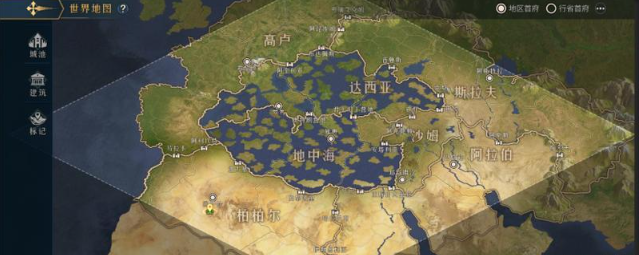
Above is the beginner's guide to Empire Scepter and Civilization that I've brought to you. I hope it has been helpful to those who needed it. If you find it interesting and want to give Empire Scepter and Civilization a try, don't miss out on this game!
Recommend
Strategy
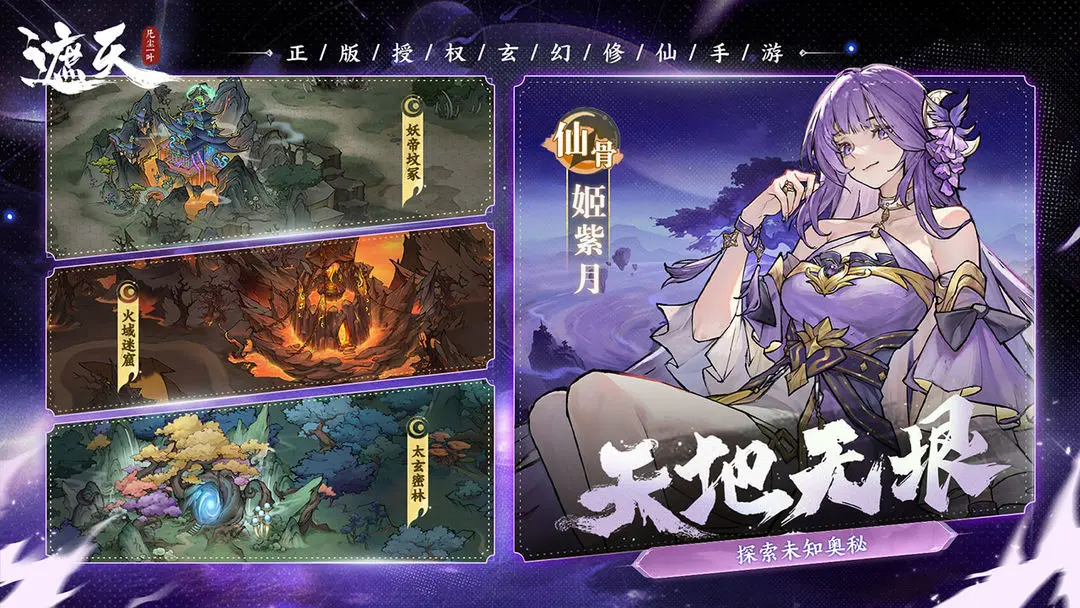
A Guide to Zhetian Fanchen Yiyue Sharing Tips for New Players on How to Play Zhetian Fanchen Yiyue
Introduction to the Public Beta Time of Zhetian Fanchen Yeyi When is the public beta for Zhetian Fanchen Yeyi?
How is Zi Yue from Zhetian Fanchen? Introduction to Zi Yue from Zhetian Fanchen
What are the Luhida Origin redemption codes? Sharing of Luhida Origin mobile game gift codes
Lu Xida Origin Team Recommendations Lu Xida Origin Team Guide
Lu Xida Origin Strategy Sharing: Beginner's Guide to Lu Xida Origin
